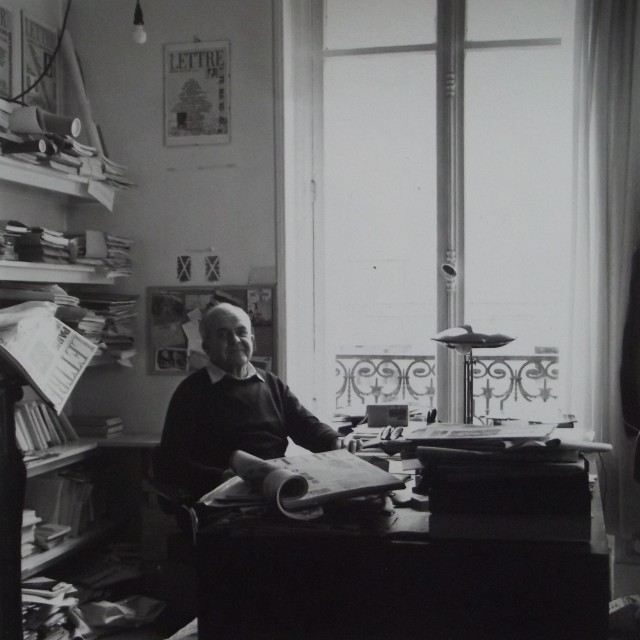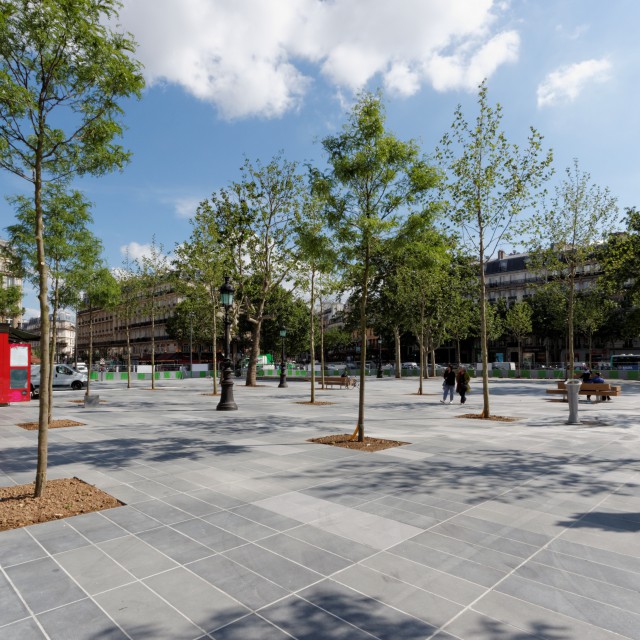Smuggling ideas
It took the Czech leftist journalist Antonín J. Liehm 14 years of preparations before he was able to start publishing the international revue "Lettre Internationale," whose seat in Paris was registered at several addresses, among others, at the Place de la République. "I took that idea with me when I left Prague in 1968, but I lacked the money and the people who would have helped me with it. As we refused the support offered by the CIA, that for instance Radio Free Europe accepted, we had to look for support elsewhere," Antonín J. Liehm recalled. The necessary finances were finally provided by wealthy emigrants from Poland and Hungary and the French Ministry of Culture. Liehm was also helped by his old friend Paul Noirot, the publisher of Politique aujourd'hui. "And when we finally started in 1984 with the first French issue, we were desperately trying to come up with a suitable name for the magazine. We knew the magazine would be appearing in small numbers and small circulation and that it would be sort of smuggling ideas. Who did something like this in history? The French Enlightenment philosophers Voltaire and others published small booklets that were sent by courier to Catherine the Great. And what was it? It was lettre, letters. It was basically political texts. And Martin Vaculík, the son of Ludvík, said: 'What if we called it Lettre Internationale?' To us it seemed like a brilliant idea and thus Martin Vaculík christened Lettre Internationale," recalled Liehm. The magazine was supposed to be a European literary newspaper, whose concept of "magazine of art and politics" proved to be very useful in Czechoslovakia in the era of liberalization during the second half of the 1960s.
Hodnocení
Hodnotilo 0 lidí
Routes
Not a part of any route.
Comments
No comments yet.



